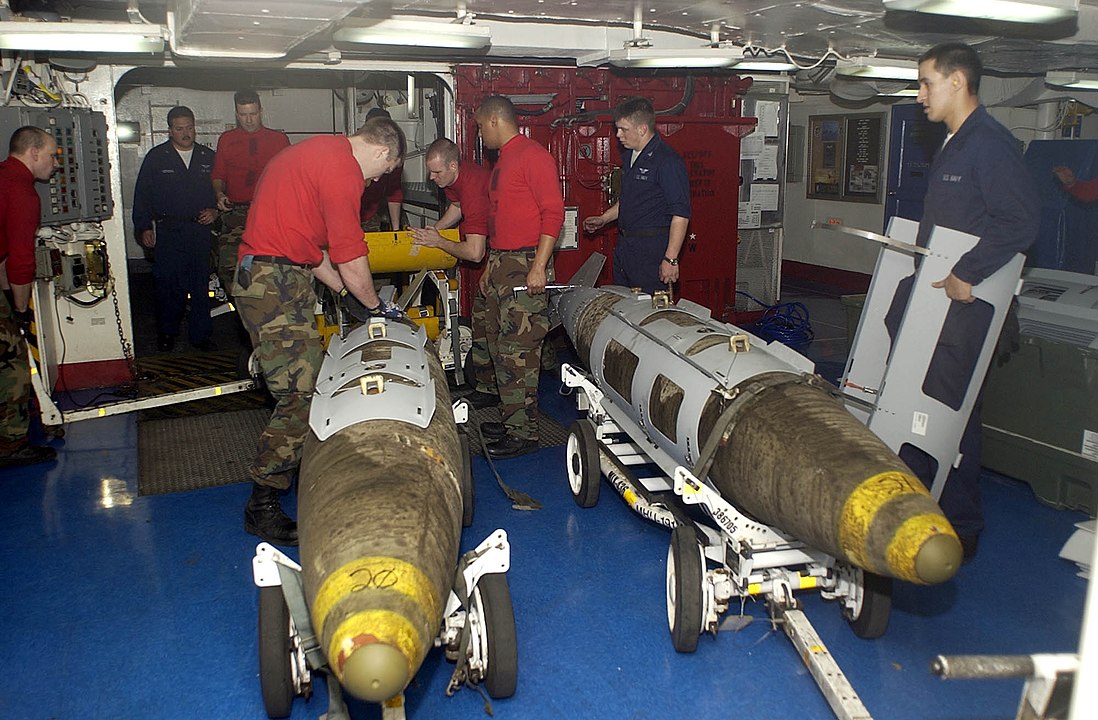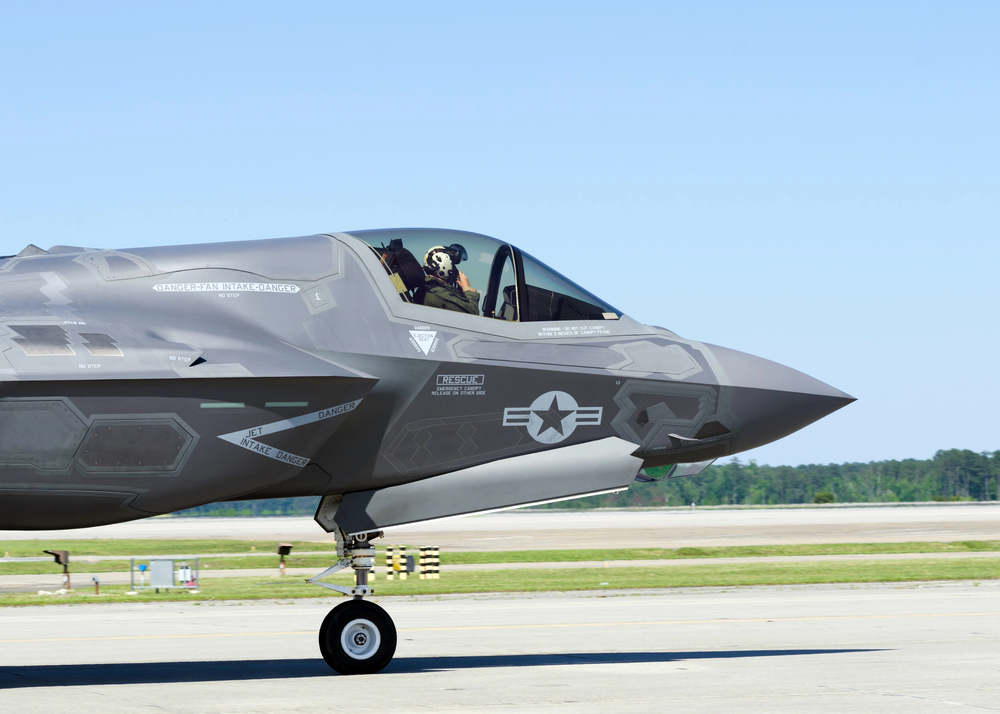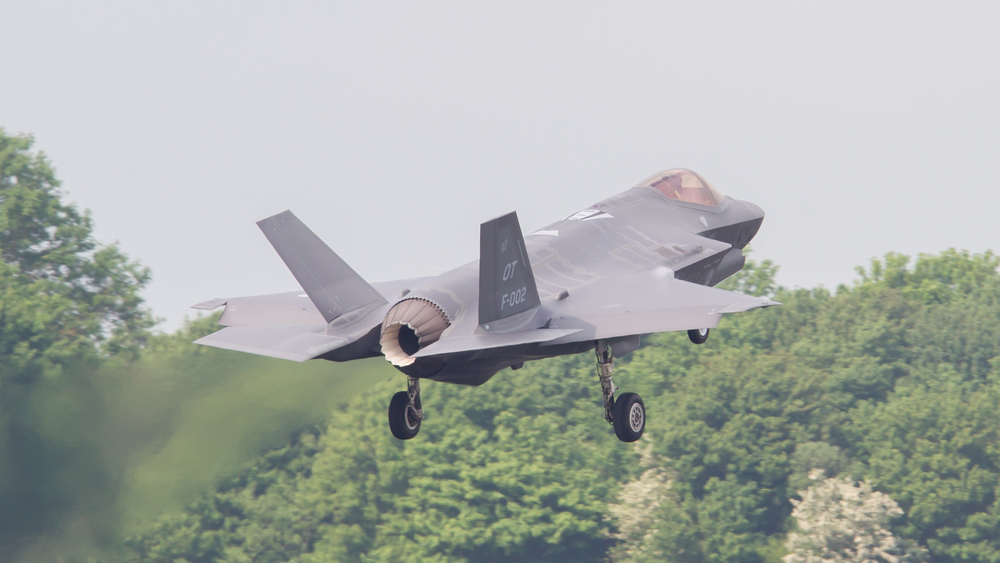
In the realm of modern air combat, versatility and adaptability are the hallmarks of a successful fighter aircraft. The Lockheed Martin F-35 Joint Strike Fighter, a name synonymous with cutting-edge stealth and combat capability, has shown that it can be more than just a shadow in the skies. It has a lesser-known but highly potent configuration aptly named ‘Beast Mode,’ capable of unleashing a formidable arsenal when the art of invisibility takes a back seat to overwhelming firepower.

The ‘Beast Mode’ of the F-35 allows the aircraft to carry a staggering 22,000 pounds of mixed munitions, a payload that transforms it from a stealthy predator to a heavy-hitting war machine. This capability serves a dual purpose: It not only provides a significant firepower boost in less contested environments where stealth is not a priority, but it also offers an invaluable training opportunity for student pilots to handle the jet under heavy load conditions.

Lieutenant Colonel Peter Cossette, Director of Operations at the USAF’s 63rd Fighter Squadron, emphasized the importance of training with the Beast Mode configuration: “It’s important for our student pilots to have some exposure to flying this really unique configuration because when they are in a combat situation, they will fly a very similar configuration to the one they’re doing right now.”

Indeed, the Beast Mode is intended for use when air superiority has been established, and the threat of radar detection is significantly diminished. It is then that the F-35 can afford to sacrifice its stealth advantage for brute strength, carrying an array of both air-to-air and air-to-ground munitions that can include up to 14 AMRAAMs and two AIM-3x Sidewinder missiles for air dominance missions, or a mix of two AMRAAMs, two Sidewinders, and six JDAM 2,000-pound bombs for striking ground targets with formidable precision.

Such a dramatic shift in tactics is not without its trade-offs, however. When the F-35 transitions to Beast Mode, its stealth is compromised by the external weapons, and the added weight impacts its flight characteristics. This not only influences its handling but also reduces its operational range to around 1,400 kilometers. Consequently, pilots must be adept at adapting to these changes, which underscores the necessity of thorough training in this configuration.

The shift to Beast Mode represents a strategic choice, one that takes into account the evolving dynamics of the battlefield. In scenarios where the enemy’s air defenses have been neutralized, the F-35 can swiftly pivot to an offensive posture, bringing to bear its full might without the constraints of radar invisibility. As Commanding Officer Mathew Harper of the Royal Australian Air Force’s No. 35 Squadron outlined, “This [beast] mode would most likely be used in less contested environments where rapid employment of ordnance is prioritized over maximizing the F-35A’s stealth capabilities.”

With over 970 F-35s delivered to forces in ten countries, the jet’s versatility is an asset to various mission profiles. Its Beast Mode is not just a testament to the aircraft’s flexibility but also an assertion of the F-35’s role as a force multiplier capable of delivering devastating payloads rapidly in a post-air-superiority scenario.
related images you might be interested.









